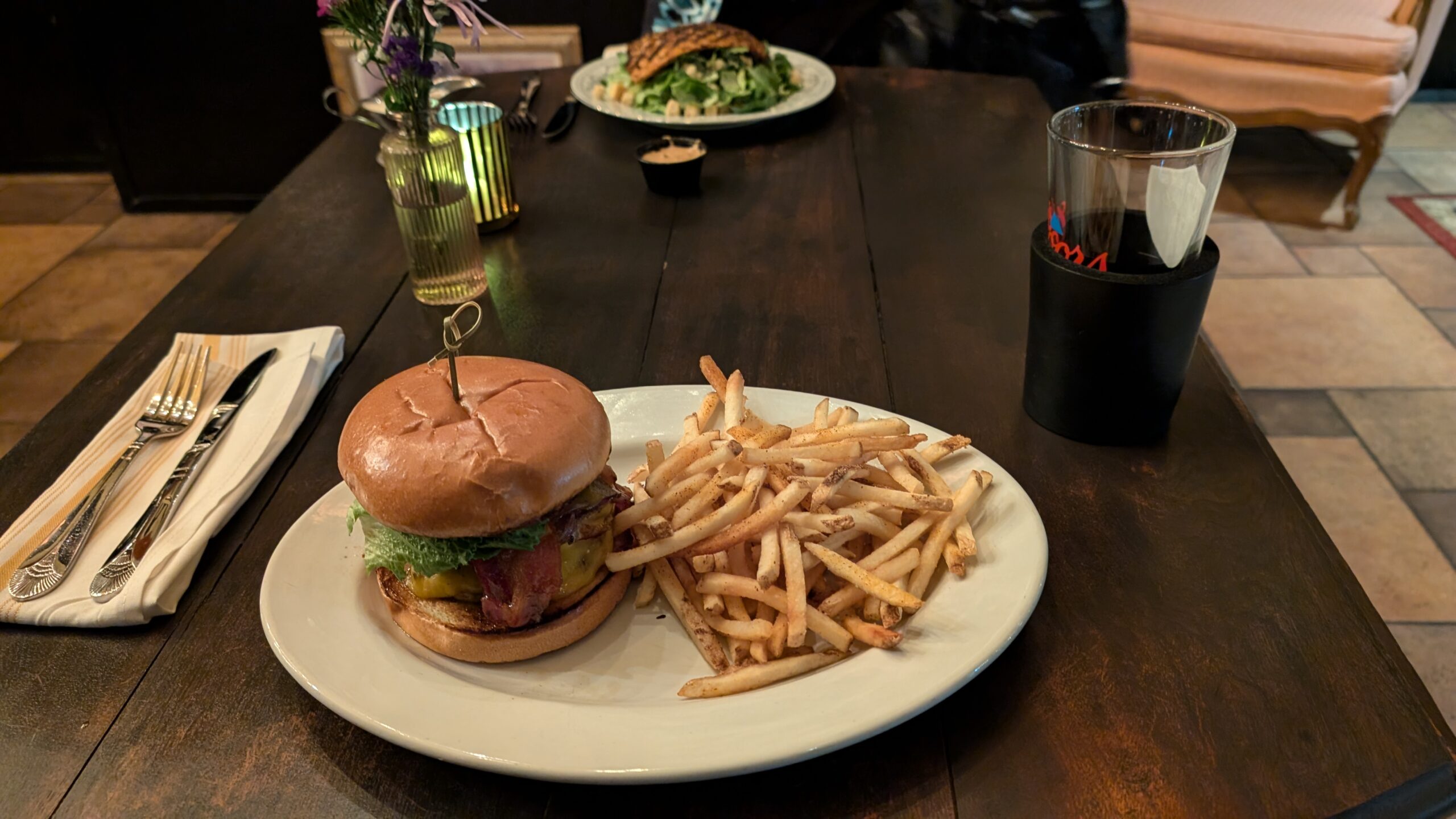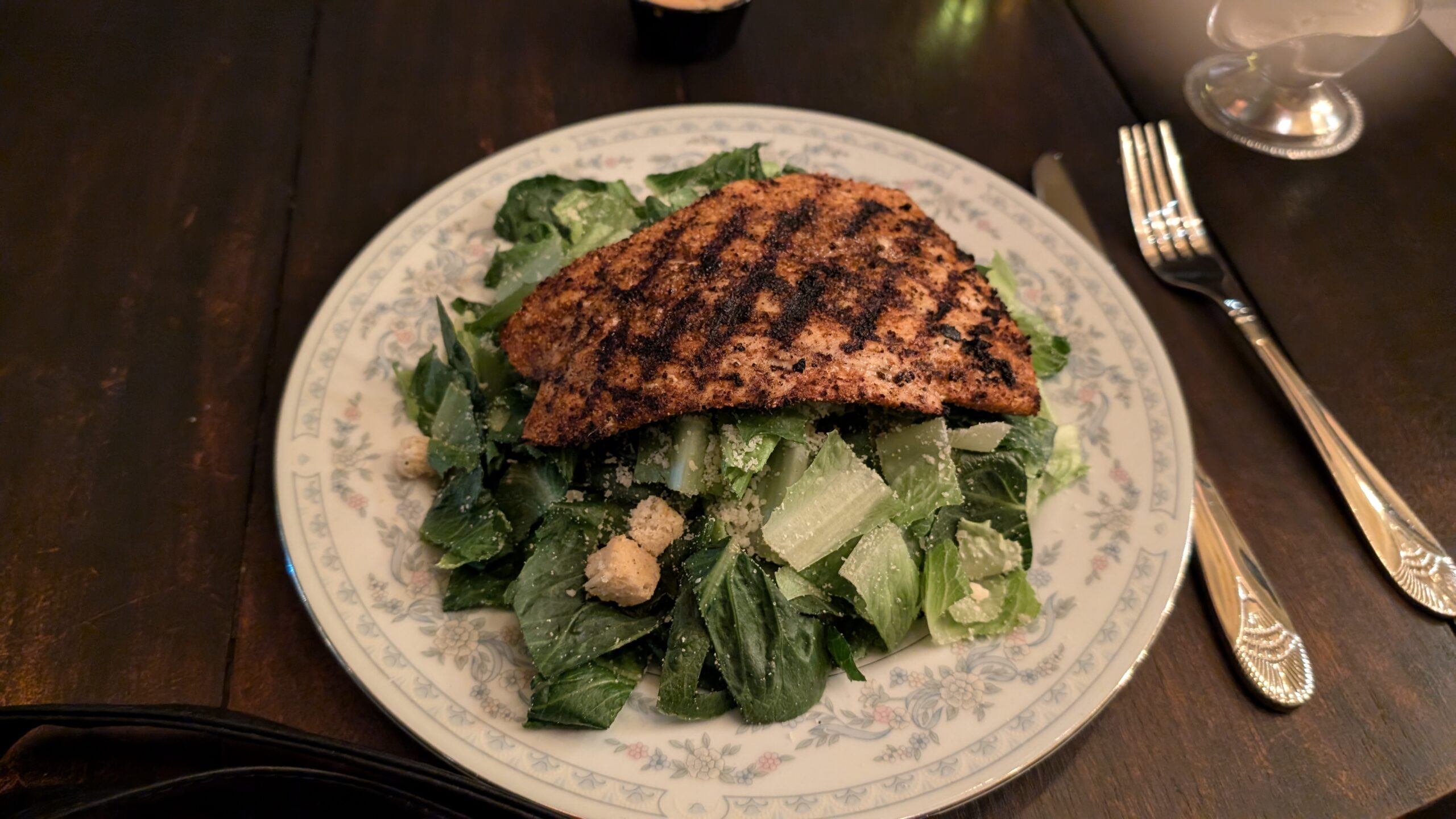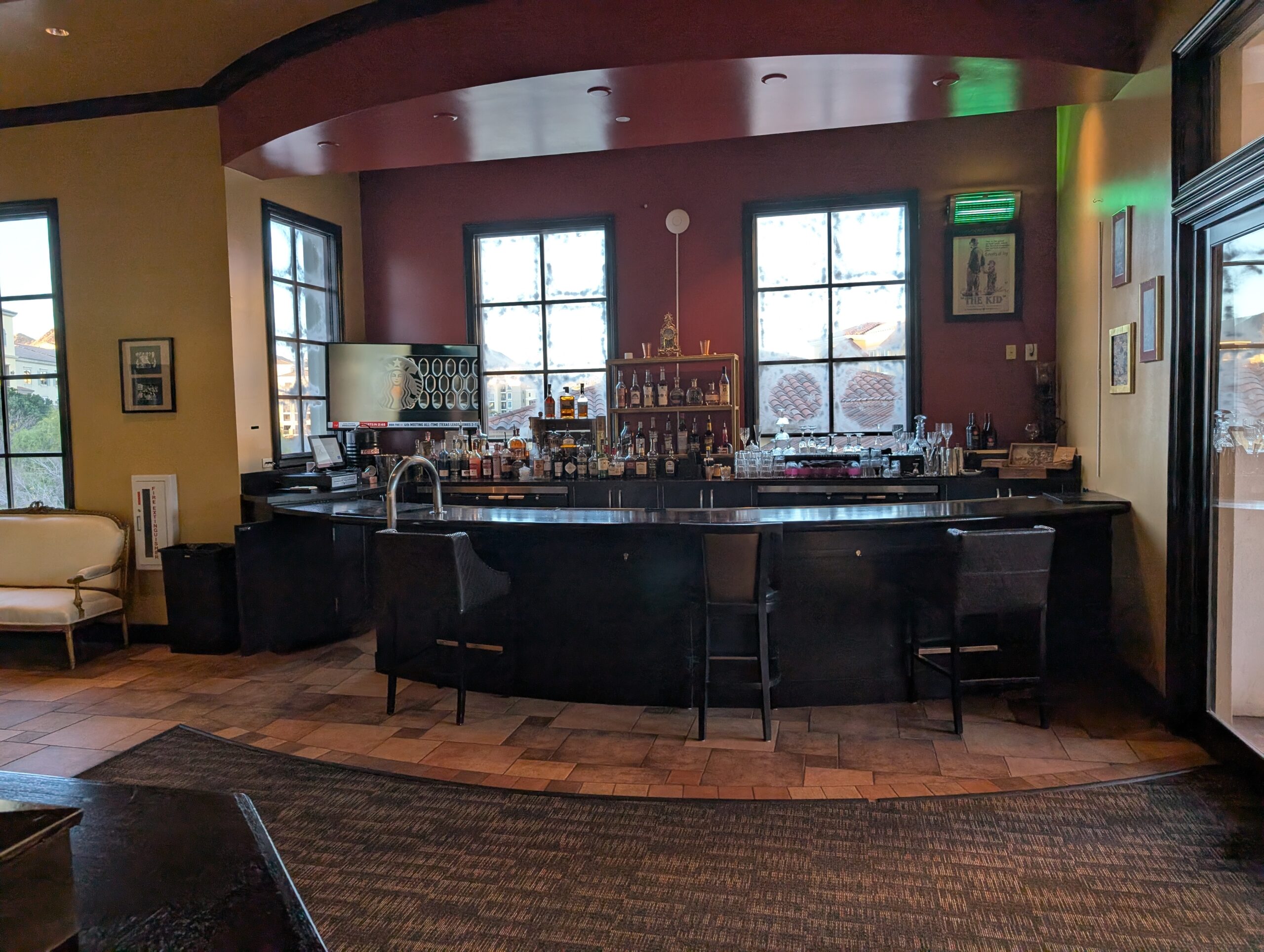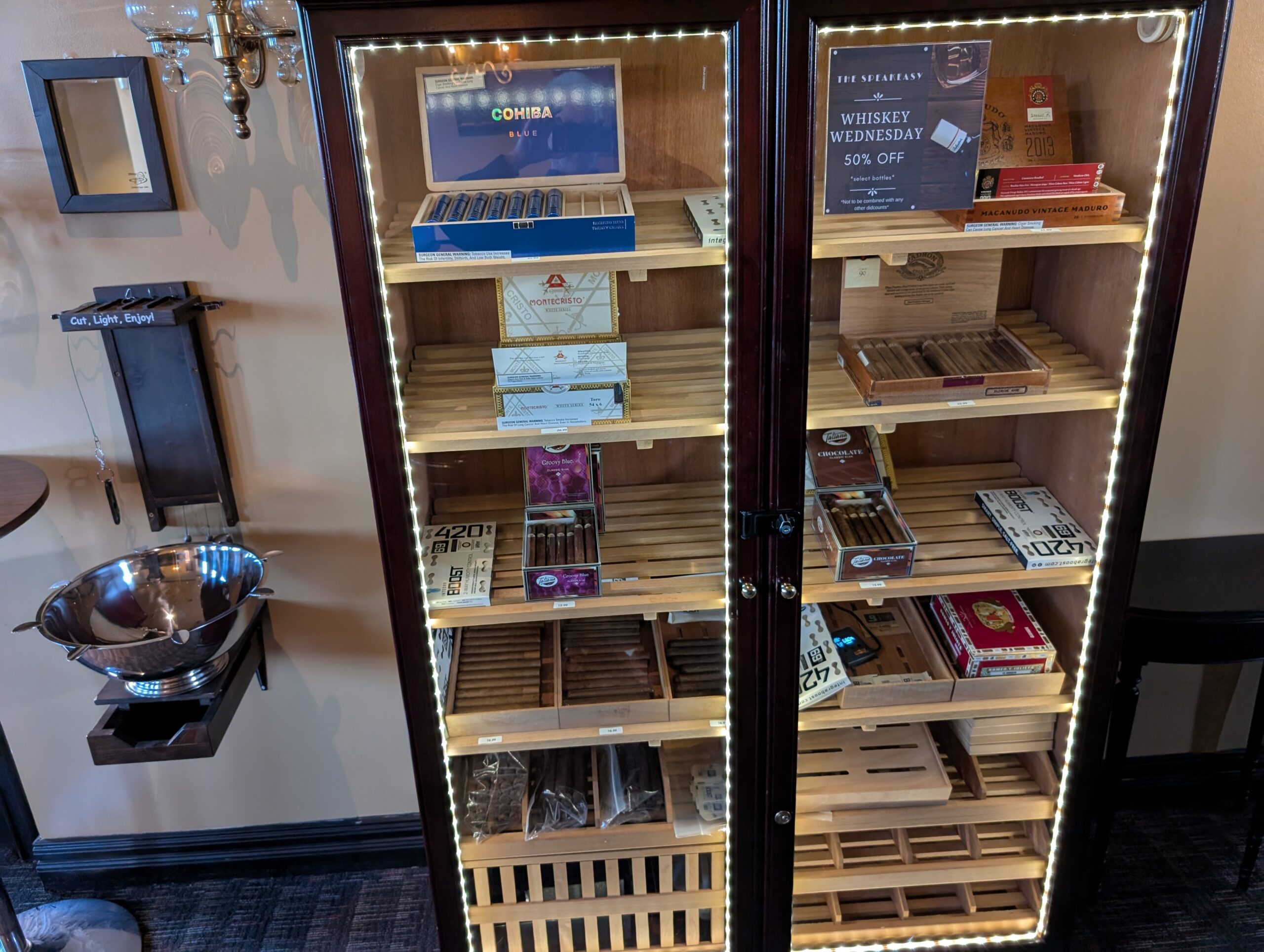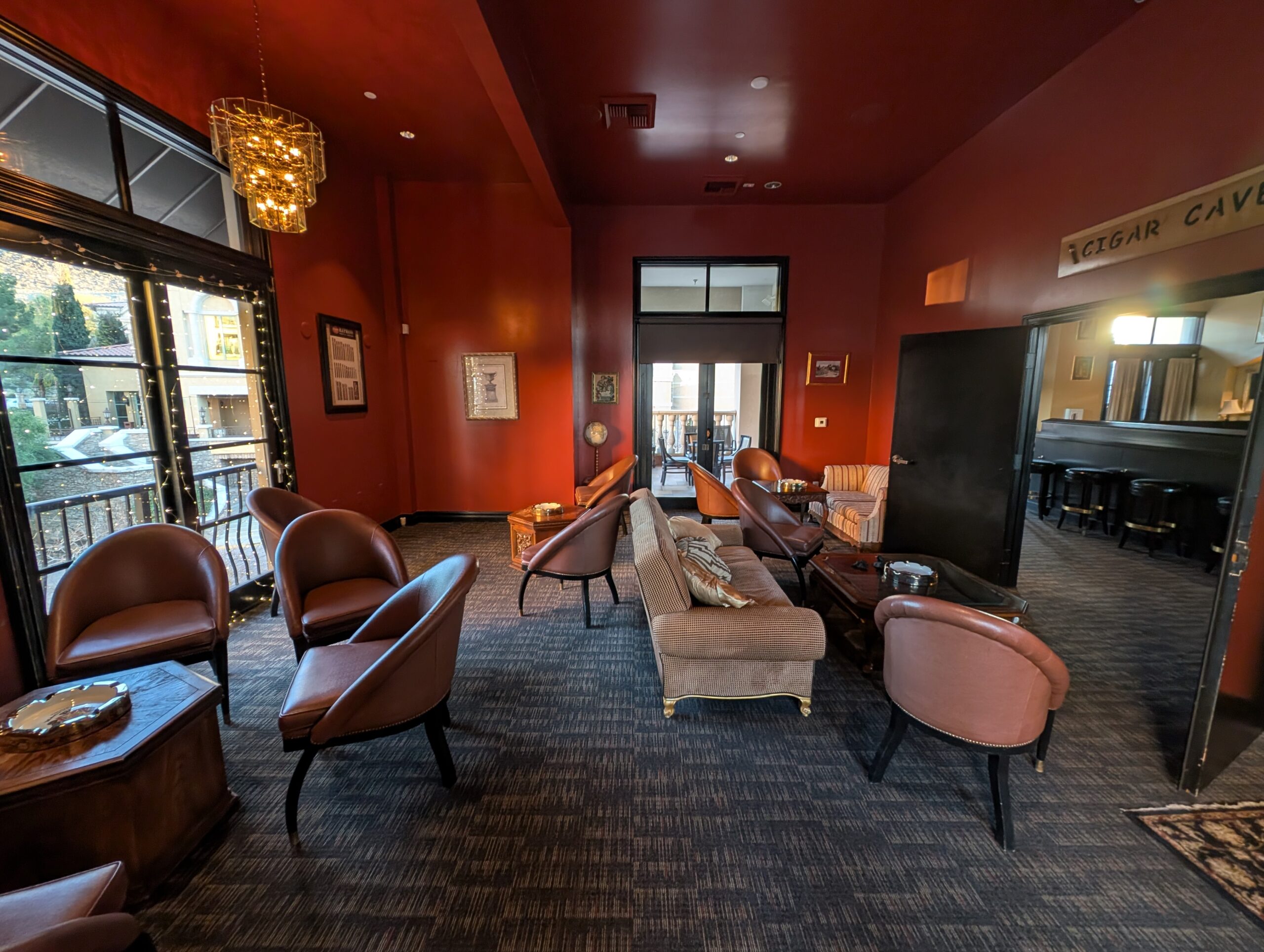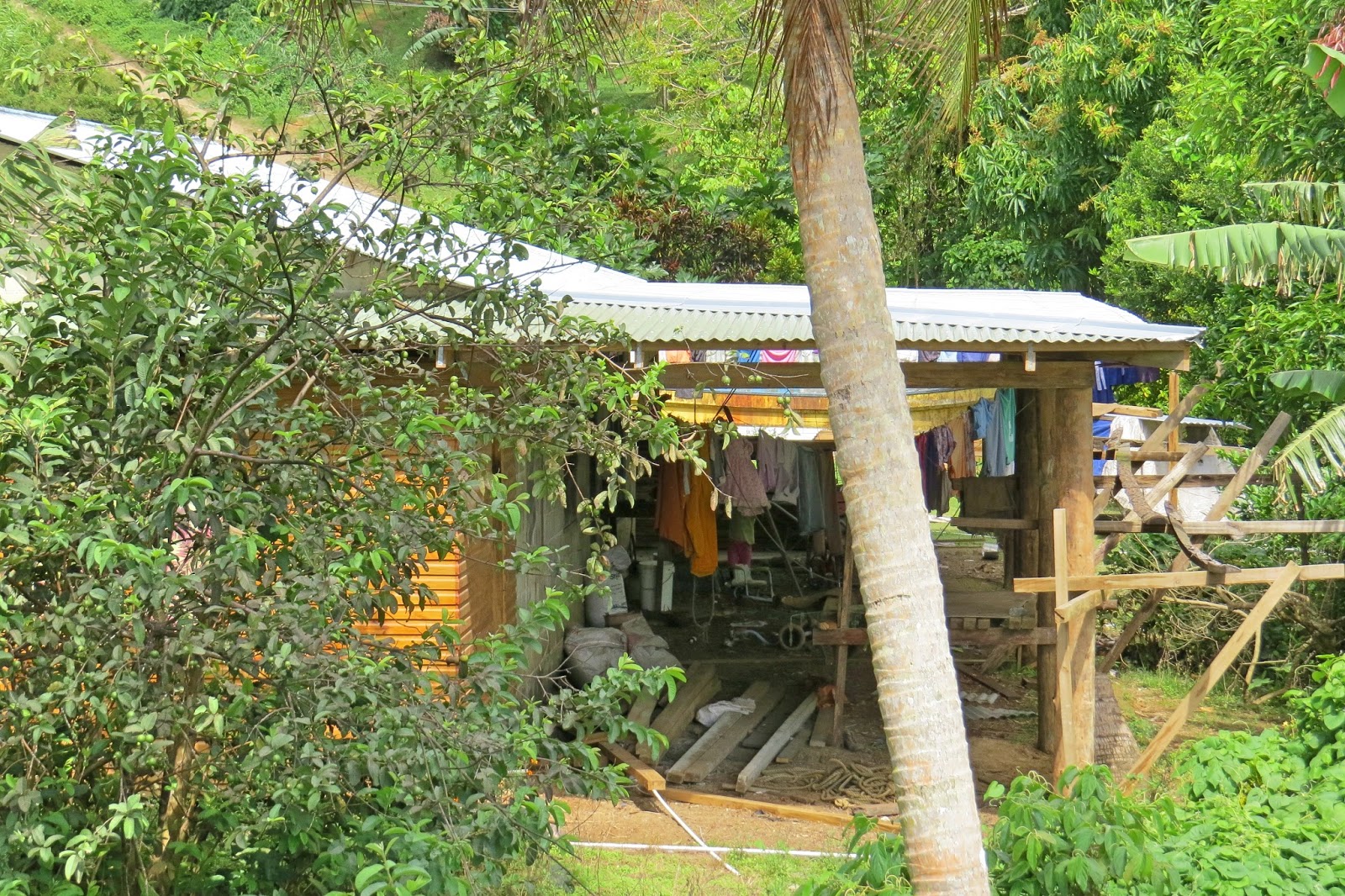
- Ah, it’s a good Monday for several reasons. We have secured the house in Penguin, Tasmania, for next March and April; our laundry is washed and dried; tonight’s dinner is prepped except for the salad I’ll make soon; and this morning, when I weighed myself, I realized I had lost 5 pounds in the past month.
Since I took all those heart rhythm drugs, I gained weight when my body slowed down so much that I was barely able to move. Once we arrived here almost a month ago, I went on a rampage to get fit and lose the 20 pounds I’d gained in the past 18 months from sheer inactivity and perhaps overeating (still low carb) to soothe my weary state of mind and body.

On several occasions in the past 18 months, I mentioned trying to lose weight, but I failed miserably when the weight just wouldn’t come off. I knew I had to make adjustments in my workout routine, which wasn’t vigorous enough, and reduce the “amounts” of foods I was eating, not so much related to “what” I was eating since my diet already consisted of eating salads and healthy non-starchy vegetables, fish chicken and beef and Greek unsweetened yogurt.
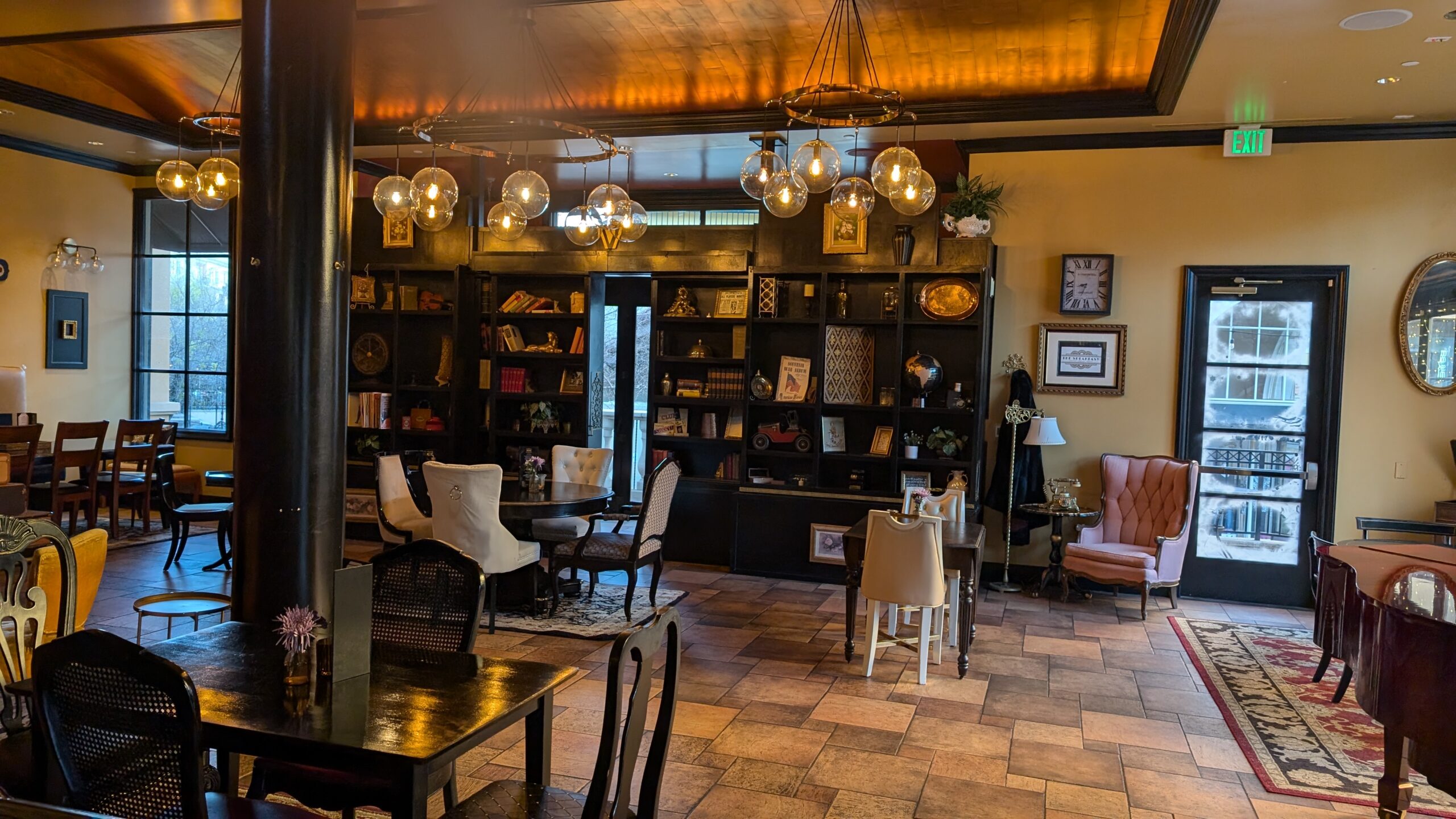
I knew I had to adjust the above to lose weight. Here’s what I did that finally resulted in losing 5 pounds, most of which was in the past two weeks:
FOOD
- I reduced the amount of yogurt I ate. I’d often have some for breakfast and more as a snack after dinner. Too much dairy prevented me from losing weight.
- Stop eating anything once I was done with dinner. We usually eat around 5:00 pm, and once I take the last bite, I don’t eat another morsel until breakfast the next day, usually around 10:00 am. That provides me with at least a 16-hour fasting window each day.
- If I feel like having a glass of wine, I have it at 3:00 pm and sip it until dinner. After dinner, I only drink water or unsweetened iced tea. At first, I felt hungry a few hours after dinner, but I fought off the temptation to have something, and soon the hunger dissipated.
- I reduced the amount of salad I ate with dinner each night. I ate too much salad to get full when I was not eating any starchy side dishes, which made my digestion uncomfortable. Now, after dinner, I don’t feel uncomfortably full.
-

Tom’s bacon cheeseburger and shoestring fries as we dined in the dining room. 
My Caesar salad was topped with a good-sized blackened salmon fillet. It was delicious after I picked off the croutons I’d asked to be excluded but didn’t make a fuss when they weren’t removed.
EXERCISE:
- I changed my exercise routine, knowing I wouldn’t have any exercise equipment when we arrived in South Africa. Five days a week, I do a routine of walking indoors while stopping every two minutes to do various heart-pounding exercises, continuing for 12 minutes. It’s the most conducive way to get my heart rate up sufficiently to do my heart some good. Walking alone isn’t enough. My 76-year-old knees don’t invite running or walking at a fast pace.
- Two days a week, I use the exercise bike in the fitness center, biking as fast as I can in intervals of the highest resistance, such as in HIIT (high-intensity interval training) for 15 minutes. On February 1st, I will wean myself off the bike and increase the indoor routine, ramping it up to 20 minutes daily.
- I’ve become more conscientious of getting up and moving around every 30 minutes during the day when I may be sitting by saving particular household tasks for those intervals. I set the alarm for every 30 minutes up until 5:00 pm when we have dinner and relax for the evening.

The long staircase to the upper-level cigar smoking lounge. 
The bar in the smoking lounge.
SLEEP
- I’ve always been a poor sleeper. In the past month, I have focused on staying off my phone when and if I am awake during the night. Now, I can get at least 8 hours of sleep each night, making me feel much better during the day.

The humidor with cigars for sale. 
The upstairs cigar lounge.
All of the above takes a lot of motivation and commitment every day. But, as they say, I tackle it “one day at a time.” In the past week, after almost a month of this new routine, I’ve noticed about a 25% improvement in my walking ability. This is my biggest motivator, and I must continue at this pace to ensure it improves further.
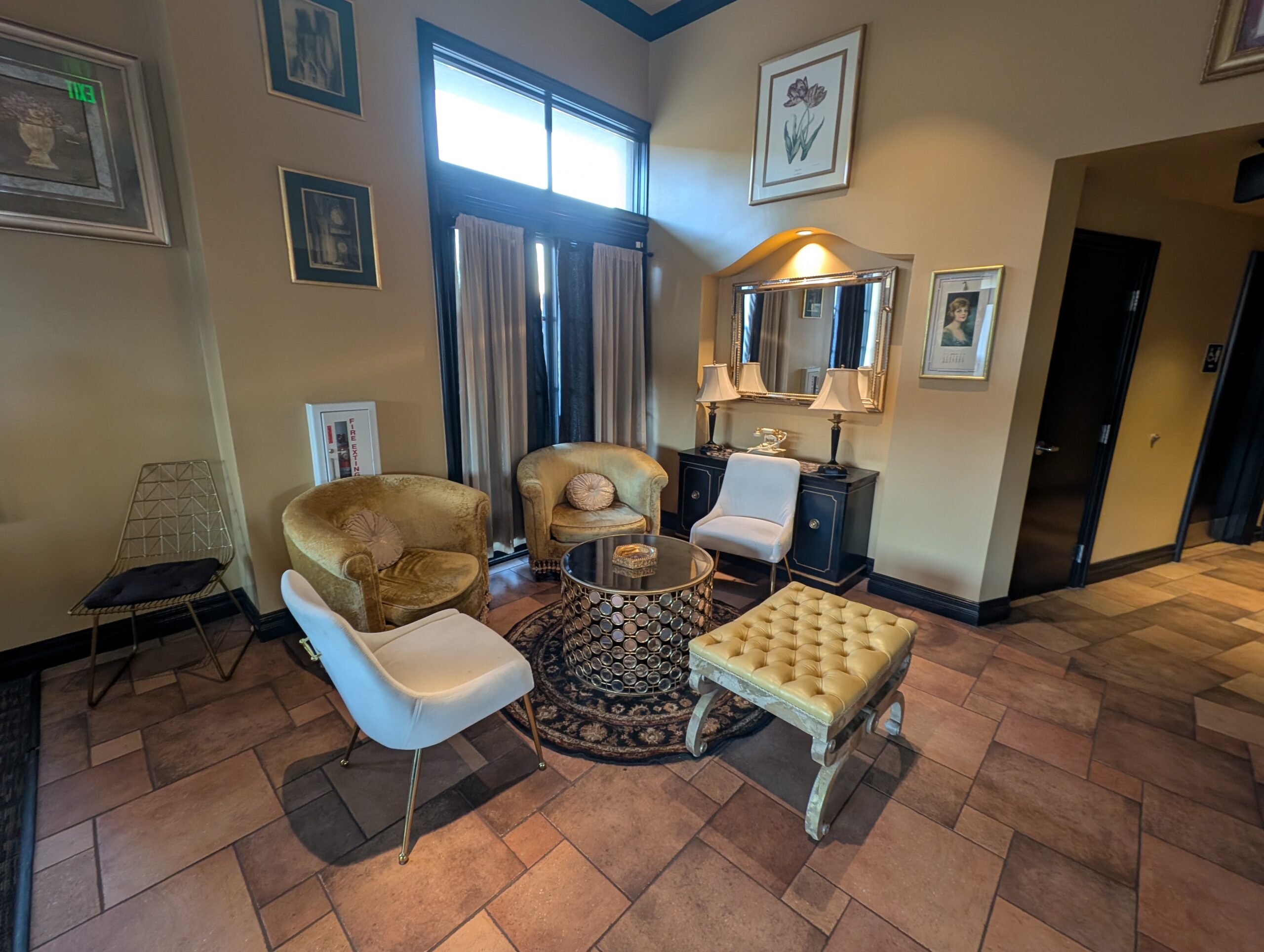
No, it’s not easy. But if we want to continue traveling, I must work harder on my health than ever before. I am now reminded of all the years I worked out this hard and how good it was for me.
Today’s photos are from our delightful Friday night dinner at The Speakeasy, where we dined for the first time. It was such fun, and we look forward to returning shortly. On Saturday night, we dined at The Pub. In both instances, we chatted with locals, which only added to the experience.
Be well.
Photo from ten years ago today, January 13, 2015:
|
|


